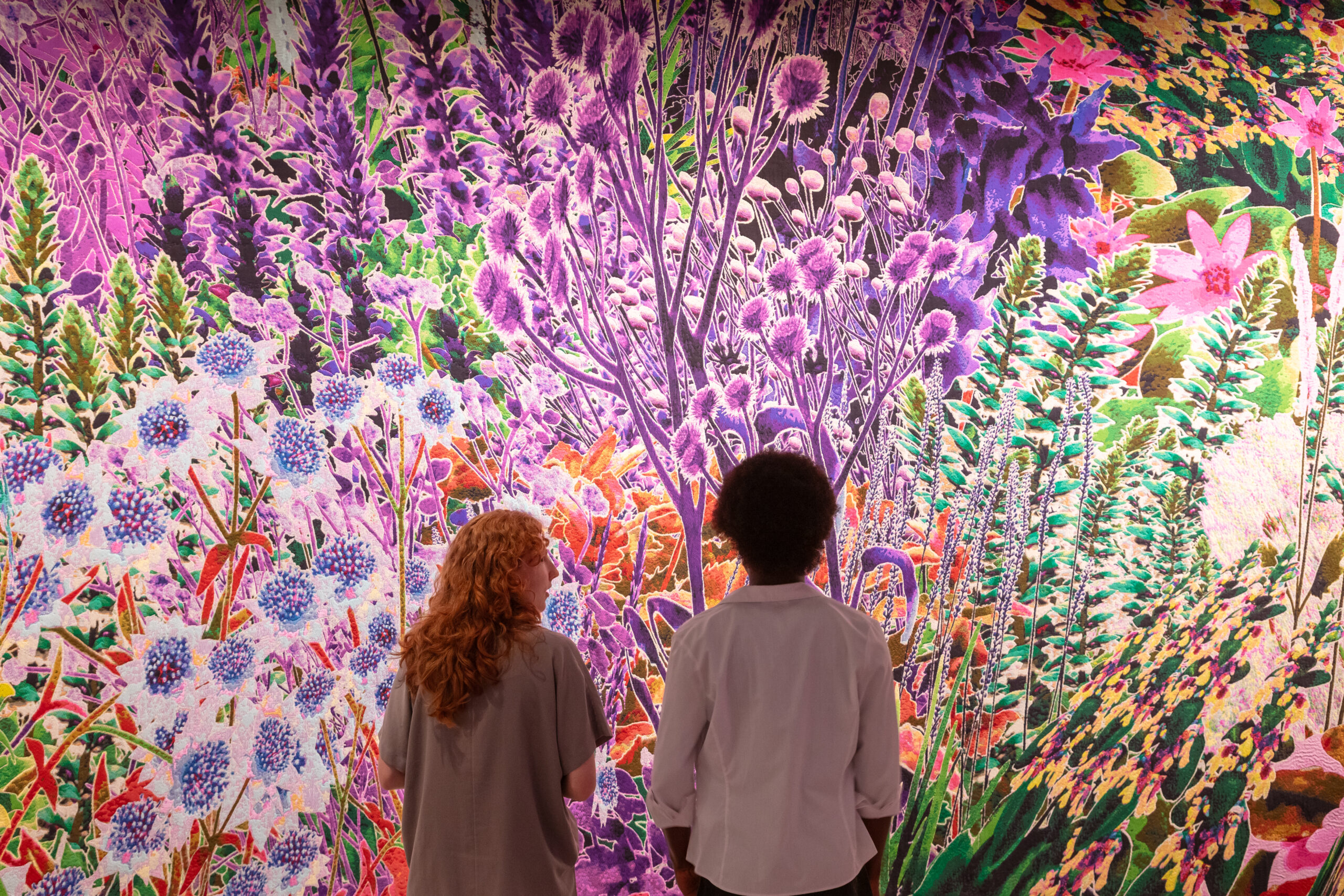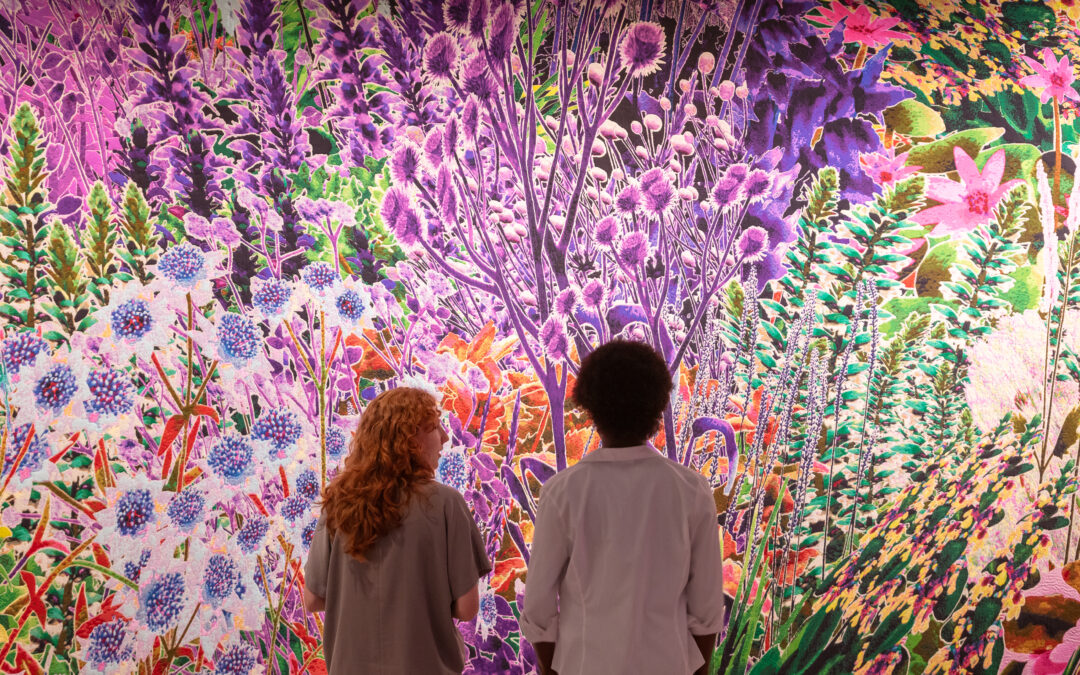More Than Human Landscapes

On 11 July, the Design Museum opened a groundbreaking new exhibition, titled More than Human. As one of the exhibition’s co-curators, together with my colleague Justin McGuirk, I had the pleasure of researching and developing the story we wanted to tell. More than Human has been created in collaboration with Future Observatory, the Design Museum’s national research programme for the green transition.
The exhibition emerged from a question that we felt has become increasingly urgent to answer: why has design traditionally only focused on the needs of humans, when we exist alongside billions of animals, plants and other living beings? The perception of humans as separate from nature is an idea that has become all too familiar, and it has been put into practice largely at the expense of environmental flourishing. We wanted to bring together historical and contemporary examples from designers, artists and architects – over 50 in total – that see their relationship to other species differently.
It was important to us that we included multiple disciplines in finding ways to represent this radical shift in thinking, which decentres humans in favour of drawing attention to or directly providing for the needs of plants, animals and ecosystems. We found instances of designers trying to imagine themselves into the lives and bodies of goats (in Thomas Thwaites’ A Holiday from Being Human (GoatMan), 2016) or any living thing from cells to mountains (in David OReilly’s Everything, 2017). We learned that ants living in monsoon regions build the entrances of their nests high to prevent them from being flooded, and that hummingbirds incorporate spider webs into their nests to increase elasticity as their chicks grow. We found architects from China, Spain, Italy, Finland and the US, among others, who are reevaluating the materials, structures and finishes of their buildings to diminish harm to other species, and to support the growth of microbes, plants, birds and insects.
When it came to addressing the potential for landscape architects to have positive, regenerative impacts within this narrative, we were thrilled to be able to include the research outcomes from spatial and visual designer Feifei Zhou. The recipient of one of four More than Human fellowships awarded in the lead up to the exhibition, Zhou’s research into the porosity of coastal regions led her to Timor, where she conducted interviews and recorded observations of the movement of people, fish and materials from land to sea and back again. The videos, large scale drawing and hand-made fish trap that she presented as an installation gives an insight into the multispecies community involved in the ecosystem of a particular geographical location, and fittingly we were able to show this in proximity to a short video and interactive screen showcasing the work of Weald to Waves.
Discovering this project, based relatively close to the Design Museum in comparison to the many international initiatives on show, was incredibly heartening. Its embrace of so many forms of design knowledge, from individual gardeners to farmers and landscape architects, and the way that it brings so many communities together, seemed to be an excellent example of the thinking we wanted to champion in More than Human. We’re hoping that at least one of our visitors will be inspired by the film and by accessing the interactive maps that can be searched on an iPad in the gallery to walk the corridor, or to become directly involved in the project. Although the exhibition begins with a challenge to traditional understandings of the role of design, its main message is one of hope and inspiration. Being able to display so many projects engaged in the vital work of advocating, conserving and regenerating ecosystems, including Weald to Waves, will, we hope, invite our audiences to think positively about the ways they can get involved as well.
If you’re reading this and would like to know more about the Design Museum exhibition and its collaborating partners, please click through the links below, come and see the show, or join one of our upcoming public programmes.
Websites
https://designmuseum.org/exhibitions/more-than-human
https://designmuseum.org/whats-on/talks-courses-and-workshops/more-than-human-symposium
